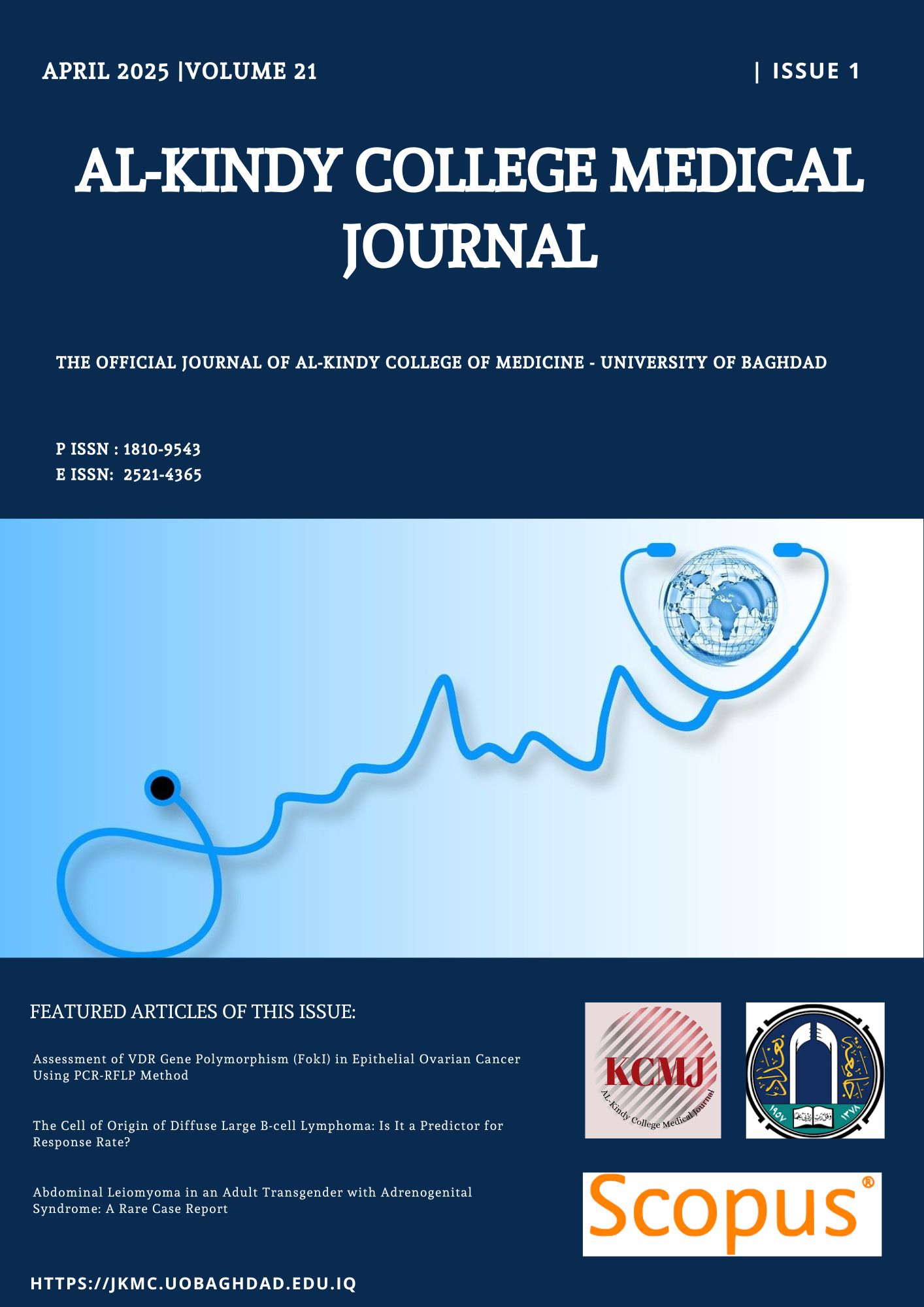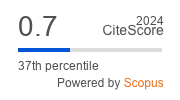Neuropathic Cystinosis: A Rare Case Report
DOI:
https://doi.org/10.47723/1nq28070Keywords:
Cystinosis, Nephropathic, Central nervous systemAbstract
Cystinosis is a lysosomal storage disease characterized by an intracellular accumulation of cystine in different organs and tissues, leading to potentially severe organ dysfunction. The neurological manifestations in cystinosis are generally late and non-dominant. In this report, we described a case of infantile cystinosis with dominant neurological manifestations at the presentation. A three-and-a-half-year-old male baby was presented to the pediatric teaching hospital with a history of poor growth and delayed milestones. The condition started at the age of six months, with abnormal growth and development. Family history was positive for mental retardation. The child had a few dysmorphic features such as frontal bossing and wrist widening. The renal function tests were abnormal. Brain magnetic resonance image (MRI) revealed changes in bilateral frontal primitive gyral pattern. Bone marrow aspiration and liver biopsy were both in favor of cystinosis. Slit-lamp examination of the eyes demonstrated crystalline crystals and keratinopathy. A genetic study identified a mutation in the CTNS gene, which was consistent with the autosomal recessive nephropathic cystinosis. In conclusion, neurological manifestations could be one of the earlier presentations of infantile cystinosis.
Downloads
Published
Issue
Section
License
Copyright (c) 2025 AL-Kindy College Medical Journal

This work is licensed under a Creative Commons Attribution 4.0 International License.














